Time to Get A Slice of Pi(e)
3.14 is only the start
March 14, 2022
When one hears that a seemingly endless number of people might be celebrating Pi day on March 14, one’s first instinct is probably to march to the store, buy a pie, and get in on a slice of the action.
If there’s ever a day that places like Baker’s Square and The Cheesecake Factory would have nearly infinite lines outside the door it should be this special day, but that might not be the case.
The “e” in this kind of pi isn’t only silent – it’s missing on purpose.
March 14 is a day to celebrate mathematics.
Not yet a “take-the-day-off” national holiday, Pi Day was founded in 1988 by Larry Shaw, to recognize the mathematical constant represented by the Greek alphabet letter Pi. In fact, the first celebration took place at San Francisco’s Exploratorium, an interactive science museum where Shaw worked. The number pi is the ratio of the circumference of any size circle to its diameter. Mathematicians often round the infinite number to 3.14 hence why it’s celebrated on 3/14.
For a different take on Pi Day, click the link below
https://spartanstar.marianchs.com/1211/news/top-5-pies-on-pi-day/

According to the Scientific American Website and author Steven Bogart, research shows that the origins of Pi as a symbol probably goes back to 1706. It would become part of mathematical language three decades later.
Most of what’s been written about Pi goes back to the early, less-controversial work of Petr Beckmann, an electrical engineer and physicist, in a book called A History of Pi published in 1970. As Bogart writes, the book traces the history of Pi back to the ancient Egyptians and the Babylonians.
According to Bogart, “By the start of the 20th century, about 500 digits of pi were known. With computation advances, thanks to computers, we now know more than the first six billion digits of pi.”
Since numerical concepts still are less delicious than fruit-filled baked goods, pies (with an “e”) likely will rule the day as educators around the world engage students with activities that involve making calculations with the number Pi. This could include finding the area and circumference of a pie before slicing and indulging in the tasty treat.
Here at Marian Catholic, the Math Department celebrates Pi Day by wearing matching Pi Day shirts and doing different Pi Day themed activities in their classrooms. Unfortunately that couldn’t happen last year because, of course, March 14 fell on a Sunday. But this year, TGIM – Thank Goodness It’s Monday.
So whether math class does something extreme like measuring the diameter of a hula hoop, calculating its circumference, then challenging friends (or family later) to see who can hula hoop the farthest distance, or something as simple as enjoying a slice of the decadent dessert, be sure to remember the significance of this pivotal day.
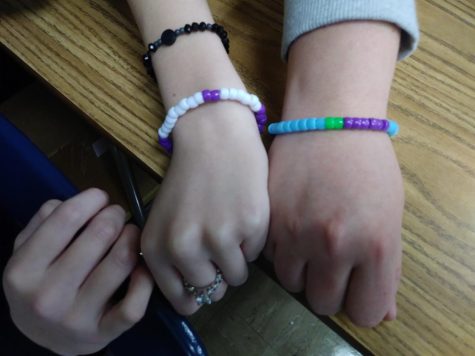
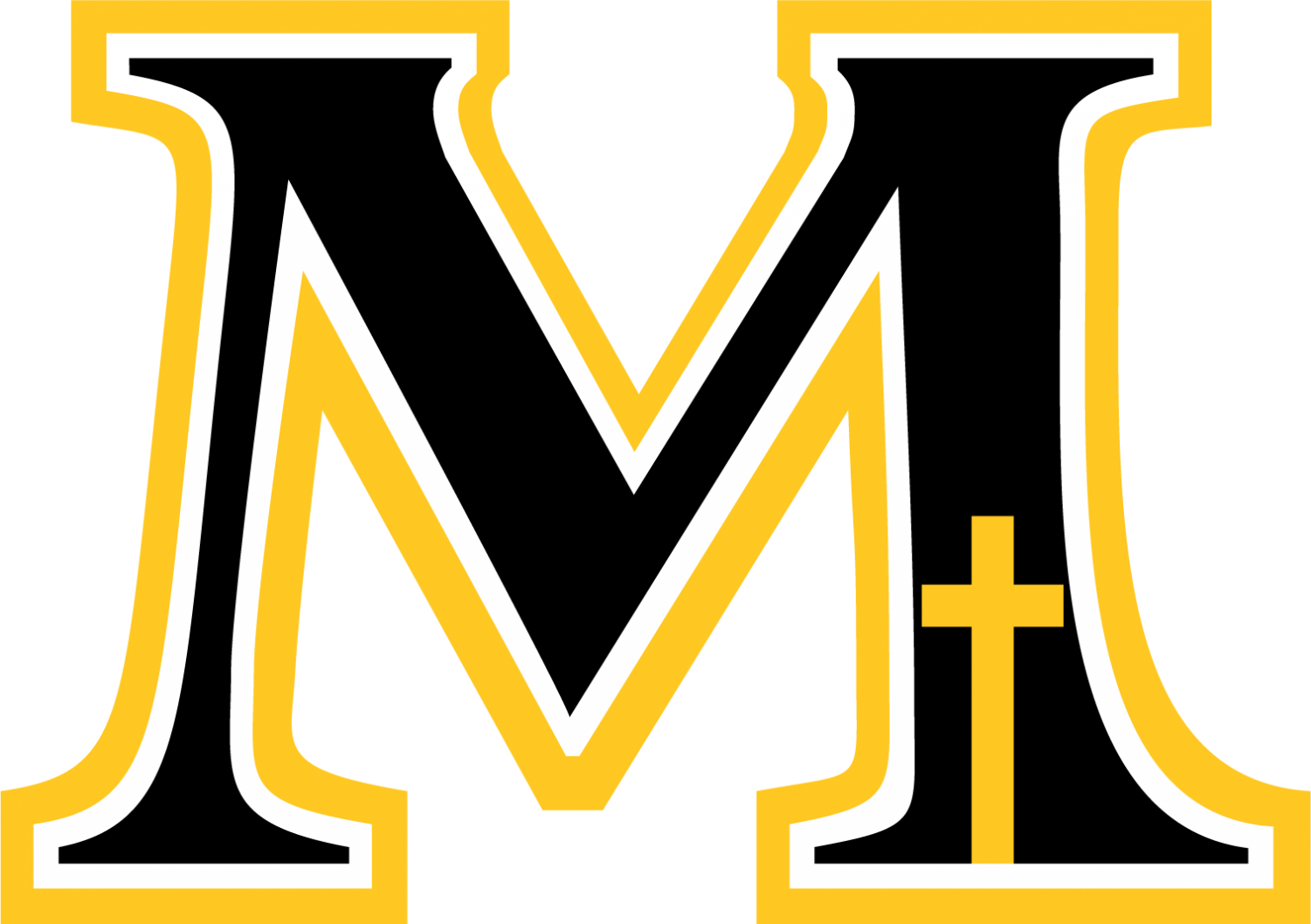
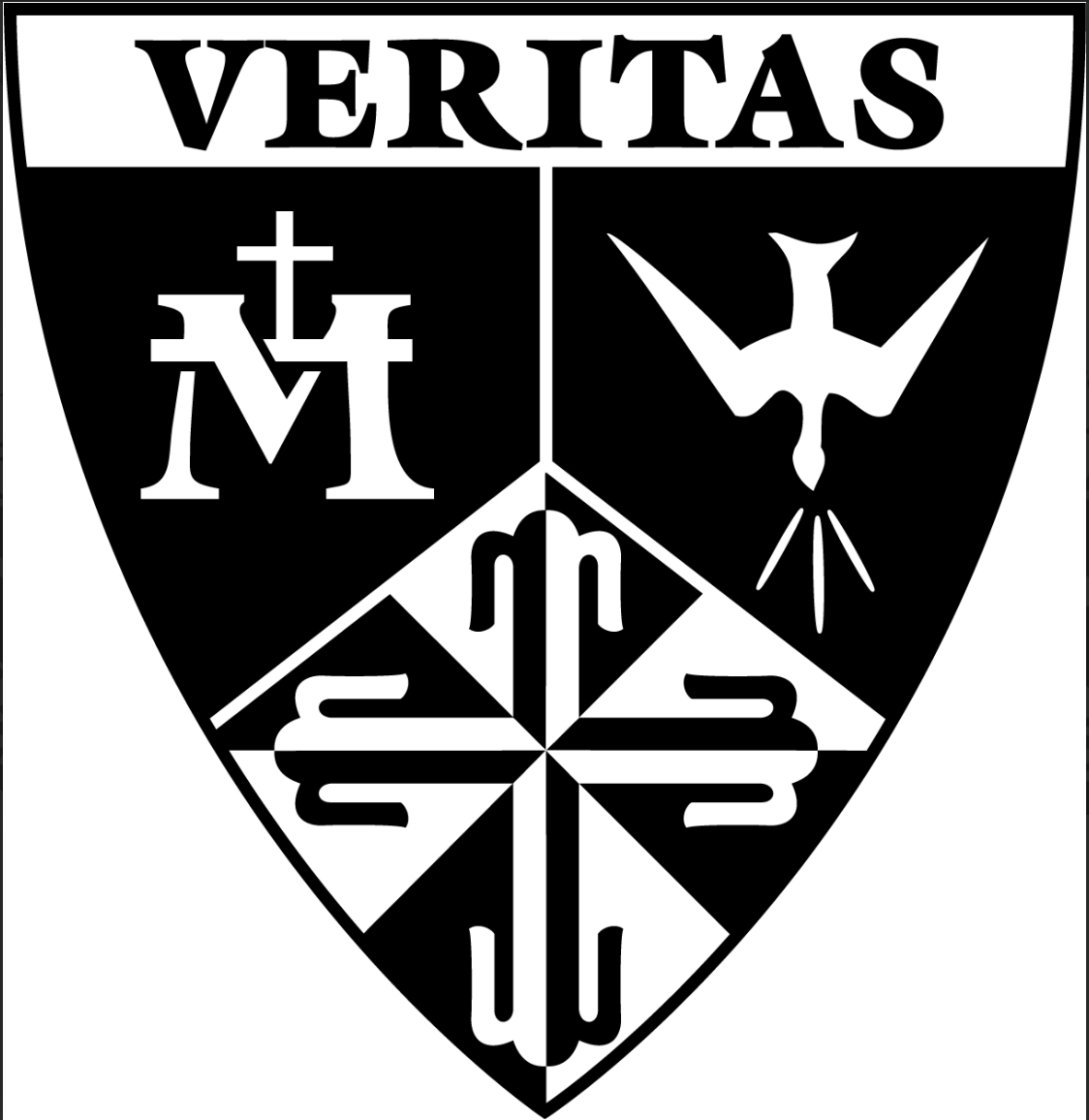


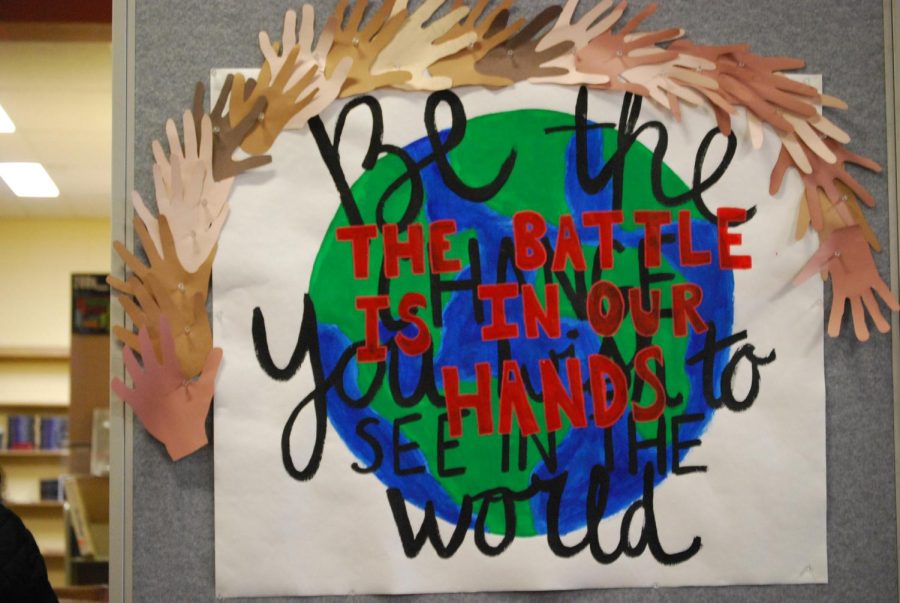








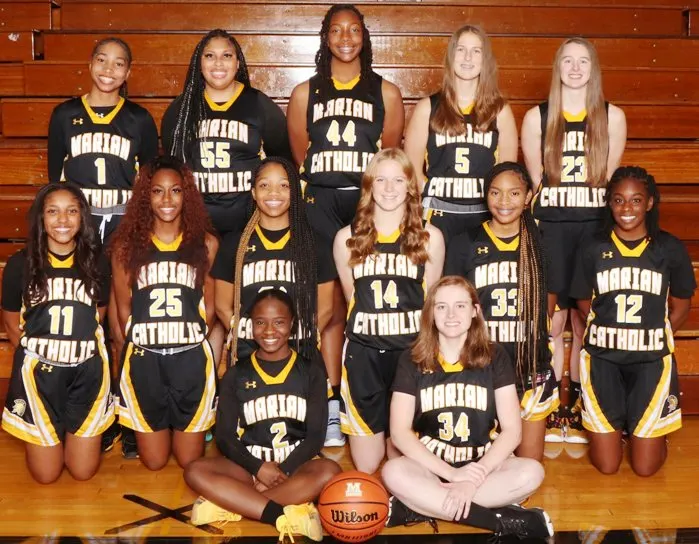
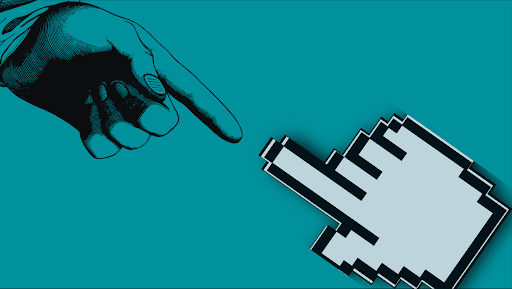

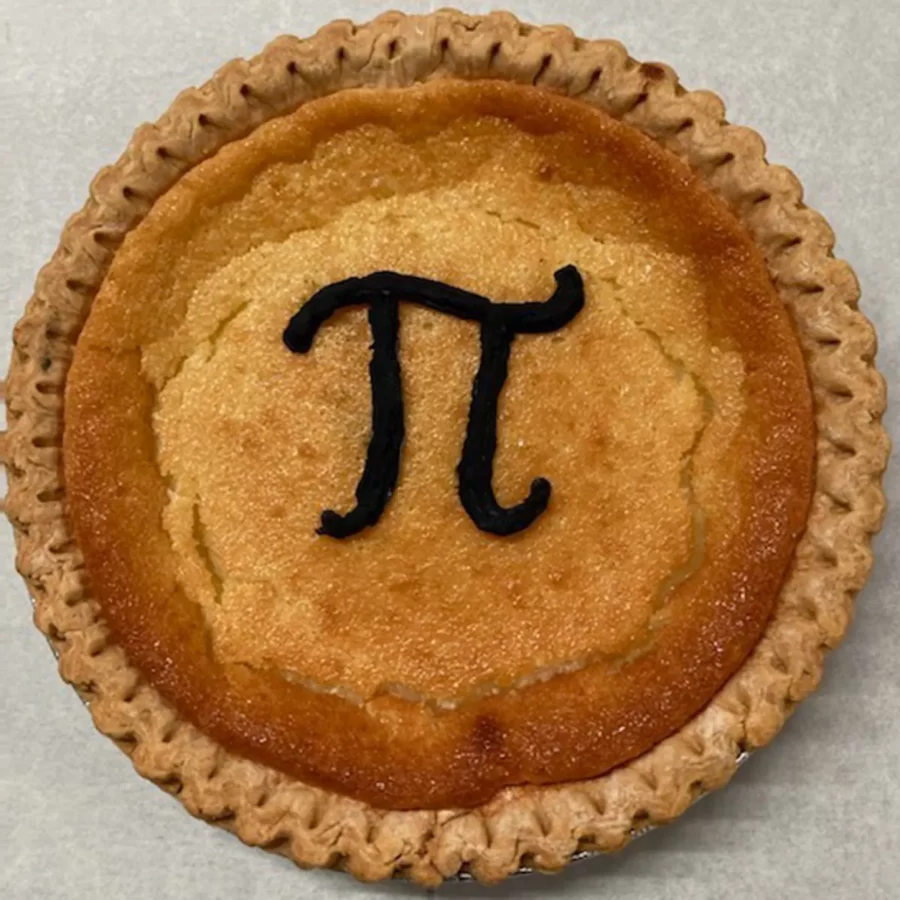
Grandma • Mar 19, 2022 at 2:39 pm
A Beautiful Mind!!!